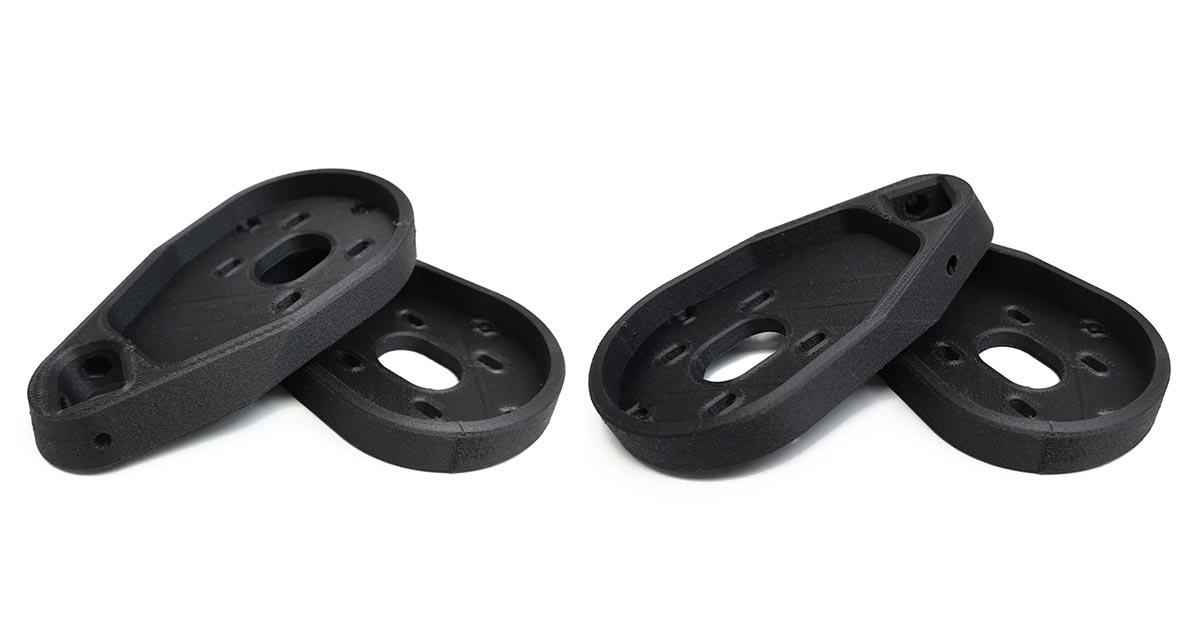
3D printing materials incorporating the FFF technology are rapidly evolving and becoming functional products designed to lend specific technical properties to 3D printed items.
LATI3Dlab is the LATI laboratory where over seventy years of experience in the world of engineering polymers are translated into materials for additive manufacturing (AM). As a result, in a few years, LATI has been able to develop glass and carbon fibre reinforced, self-extinguishing, self-lubricating, detectable by the metal detector, electrically and thermally conductive and radio-screening structural solutions. Today, the product range offered by LATI3Dlab includes about thirty AM compounds developed not only from traditional resins such as PLA, PETg or ABS, but also from PP, PA, sulfonates and, recently, also modified PEEK and PPS.
Finnotech Sp. z o.o., a Polish company specialising in the production of special filaments for 3D printing, relies on LATAMID 12 AM H2 K/05 for the manufacturing of structural parts ensuring excellent mechanical properties.
The grade selected is based on a thermally stable polyamide formulation designed to limit moisture absorption and ensure optimal processability in the filament extrusion and material deposition stages. The type and percentage of long carbon fibres in this compound have been aptly engineered to secure high mechanical performance and maximum resilience.
It is precisely the specific technical features of LATAMID 12 AM H2 K/05 that have led Finnotech Sp. z o.o. to the decision to test and select this material to manufacture, using the FFF technology, the supports of a motor installed on a new model of electric skateboard.
The design specifications were focused above all on mechanical strength, as well as on the ability to distribute the stress from the electric motor to the transmission belt thanks to the involvement of the whole structure. In fact, in the case of an excessively rigid material, the support reactions may concentrate in a limited region of the supports, causing the failure of the parts joining the motor to the metal frame.
Thanks to the precise choice of the appropriate percentages of infill and deposition direction, the performance of the 3D printed part has proved largely sufficient to withstand the mechanical stress generated by the motor and by the weight of the assembly, without giving rise to any deformation or creep-induced failures.